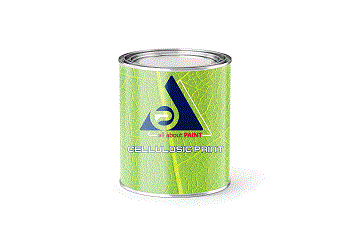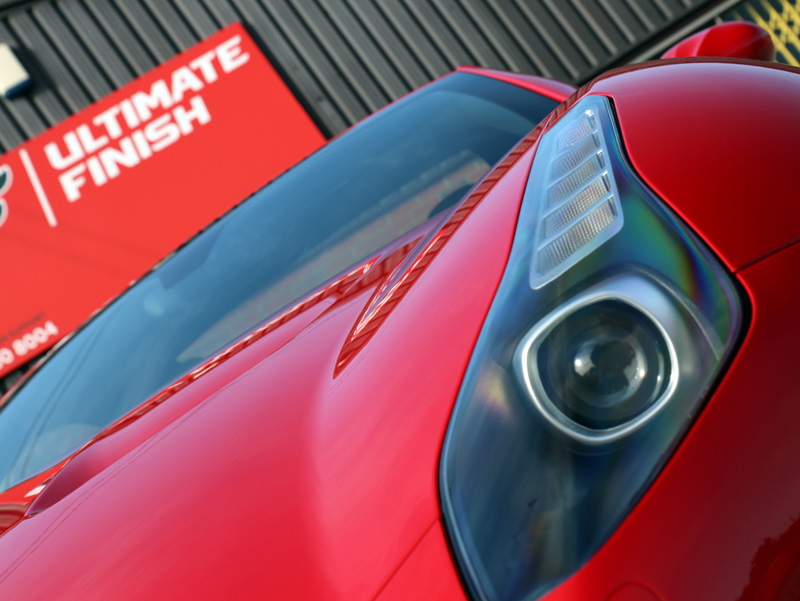9 Surprising Things That Ruin Your Car's Paint

9 Surprising Things That Ruin Your Car's Paint
Keeping your car looking good isn't just a matter of increasing its resale value, although that's important too, it's also your car's only line of defense between the sheet metal and the elements. Obviously, parking lot dings and gravel roads do some damage, but so do other not-so-obvious culprits.
The Car Care Council contacted Mothers for advice on how to deal with common paint-damaging situations. While their specific advice is below, time and time again, they recommended maintaining a good coat of wax on your car. Not only does it keep it looking clean, it helps prevent most paint damage, or at the very least, buys you some time to get your car professionally washed. Mothers also recommended keeping a bottle of quick-detail spray and a microfiber cloth in your trun. This product is an easy fix for exterior scratches and blemishes.
1. The Gas Pump
The Problem: Spilled gasoline
The Solution: Don't top off, and clean up accidental drips
Times are tough, but "topping off" your gas tank and accidentally letting it overflow is a for sure way to damage your car's paint. If left alone, gasoline will leave a stain on your car's finish that's nearly impossible to get off. If you do happen to spill gas by accident, the best solution is to grab a bottle of instant detailer and a clean microfiber cloth to wipe off the spillage.
2. Your Morning Coffee
The Problem: Coffee and sodas contain acids that can damage your clear coat.
The Solution: Wash it off immediately
Driving off with your coffee cup or soda bottle on your roof isn't just a day-ruiner, it's a paint-ruiner. Many beverages are acidic, and since acid damages your car's finish, you'll want to get it washed off as soon as possible. Letting it dry will do damage to your car's exterior and make it difficult to remove. If it's a coffee or soda with a lot of sugar, break out your bottle of quick-detail spray and microfiber cloth. These items can help with the corrosive chemicals as well as the sticky mess.
3. Automatic Sprinklers
The Solution: Stay away from sprinklers whenever possible
That prime parking spot right next to the flowers may look perfect, but if it has automatic sprinklers, you could be in for some trouble. You wouldn't think that plain water would be such a problem, but the minerals left behind bond to your car's paint, making them very difficult to remove. Your best bet is to avoid parking where sprinklers can do their damage, but that's not always possible. That being said, if you do get water spots, it's best to take it to a professional detailer.
4. Bugs
he Problem: Bug guts are acidic.
The Solution: Get to the car wash
You're heading home from a road trip when suddenly the eighth plague of Egypt strikes, and thousands of bugs splattering your windshield. Bugs are surprisingly acidic, and if you do hit a swarm, their remains slowly etch your paint. Wash your car as soon as you can with a good car wash solution, and for the more stubborn guts, use a bug and tar remover.
5. Dirt on Your Car-Wash Tools
he Problem: Unseen dirt can scratch
The Solution: Keep an extra mitt handy.
Washing your own car can be fun, but a common mistake can cause more damage than you think: dropping your sponge. Even the finest, most expensive microfiber wash mitt on the market can be ruined if it touches the ground. The bits of grit and sand it, inevitably, picks up can't be entirely washed off, and you'll have swirl marks and other scratches before you know it. The solution is to never drop anything. But if you're like us, it'd be best to keep a spare washing mitt or two on hand to avoid the resulting expenses from car detailing or repainting
6. Bird droppings
The Problem: Bird poop is acidic
The Solution: Wash it off immediately
Bird poop isn't just unsightly, but, just like bugs, it's acidic. Just look at the number of ruined marble statues in pigeon-infested cities and you'll see what I mean. Not only that, but birds eat seeds and bits of gravel that can scratch your paint. The solution is to wash bird droppings off as soon as you see them. Use a bottle of quick detail and a soft microfiber cloth to wipe it up. Be sure to use a lifting action, since you don't want to grind any grit onto your paint.
7. Fingertips and Mischief
The Problem: Writing or rubbing on dirty paint causes permanent marks.
The Solution: Keep your car clean.
We've all seen "wash me" written on a car's finish, but the well-intentioned tagger can actually cause damage. Dirt acts like sandpaper when it's dragged across paint, and it can make the marks last long after the dirt is gone. Get yourself a long-handled duster and wipe down your car every day to prevent accidental sanding. If it's too late, most small scratches come out with a polish or scratch remover. Just make sure to clean the car well before waxing or polishing.
8. Tree Sap
The Problem: Ancient people used tree sap as glue for a good reason.
The Solution: Bug and tar remover, mineral spirits, clay bar treatment
Wiping sap off when it's still gooey just smears it around a larger area. Instead, get a bottle of bug and tar remover from your local car parts store, and use it as directed. However if the sap dries, mineral spirits can dissolve it, and any remaining residue will come off with a clay bar treatment. That being said, be sure to wax the car after you're done.
The Problem: When wet, ash forms an alkali that can ruin your car's finish.
The Solution: Keep your car covered, use a car duster for white ash, wash thoroughly if it's soot.
These days it seems like every state is burdened with wildfires. The ash gets everywhere, and your car's finish is no exception. While your instinct may be to hit the windshield washers, or just hose down the whole car, water mixed with ash can create powerful alkalis, which will ruin your paint. White ash can be removed with a car duster, or just by driving away and letting it blow off. On the other hand, black ash can scratch your paint, even when you use a duster, so you'll need to wash it off using a car wash solution, and let it dry thoroughly. Once the fires are out, get your car professionally washed, and put on a new coat of wax.

.png)
.png)
.png)
.png)




